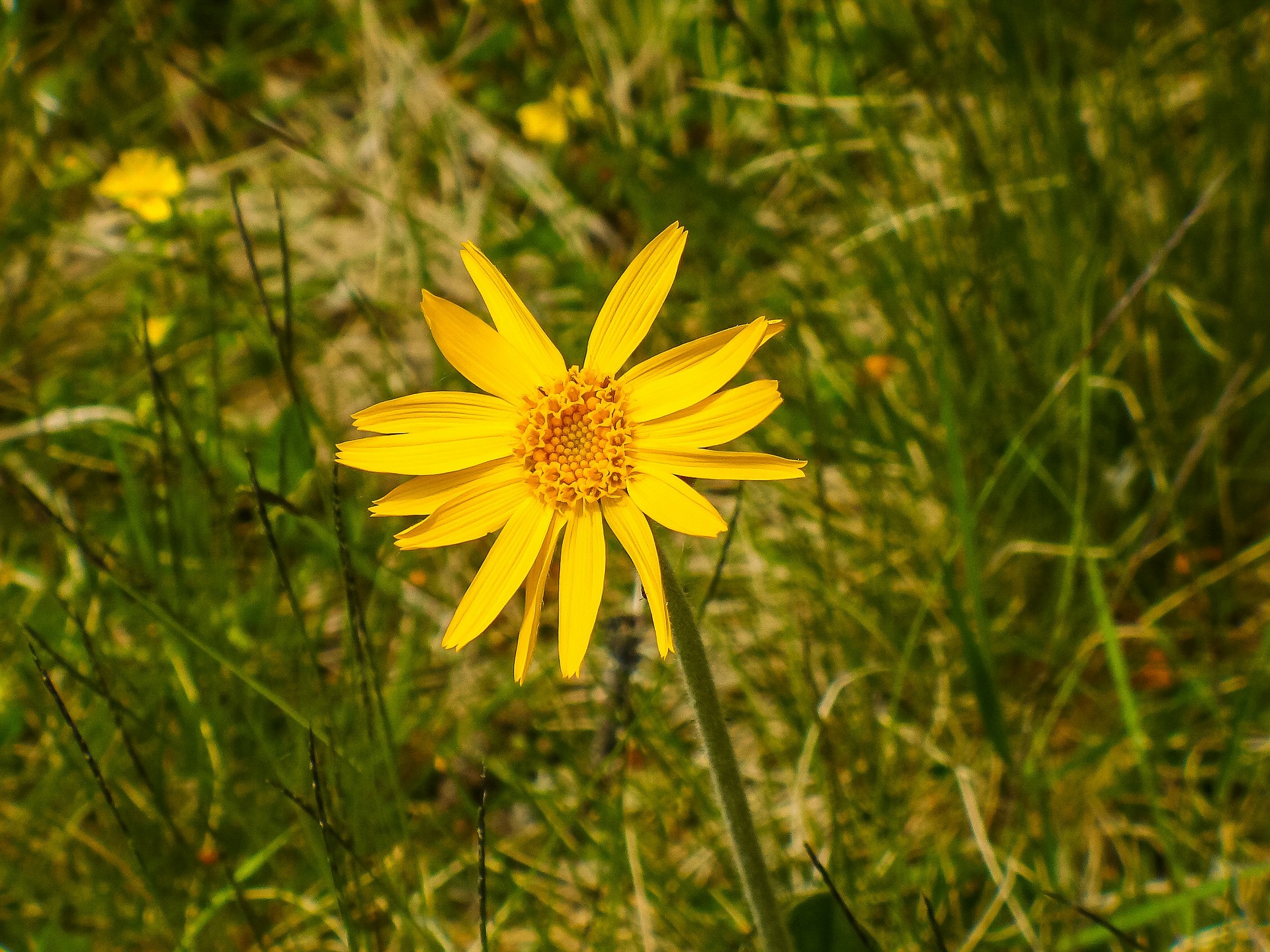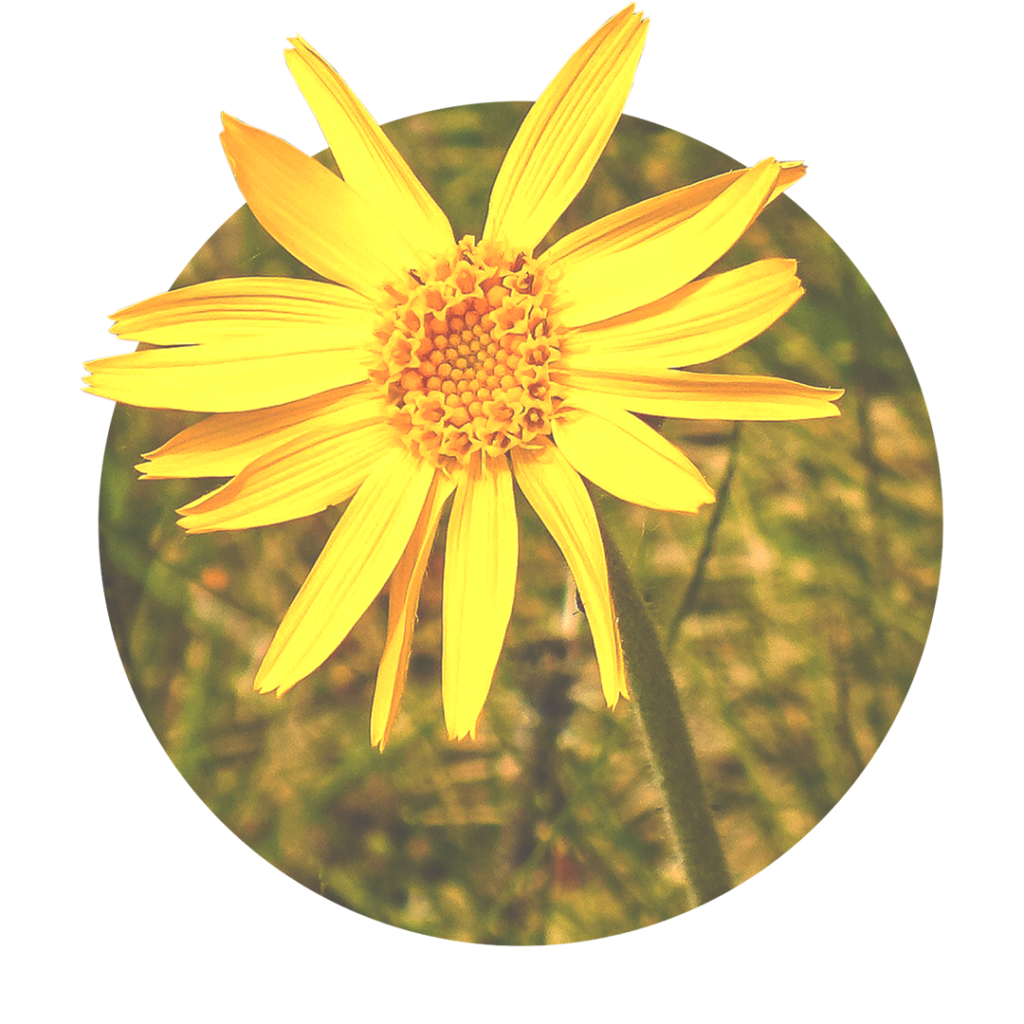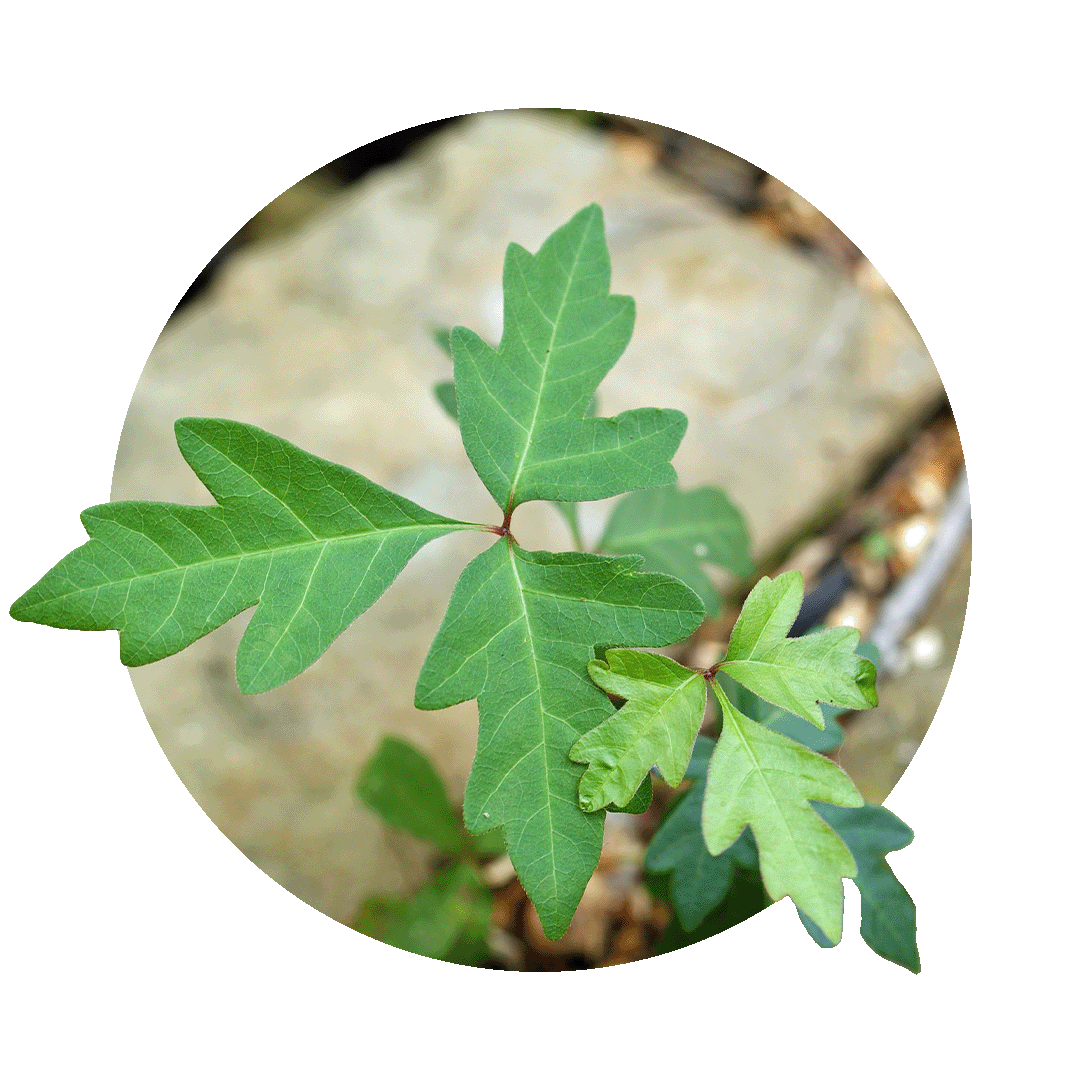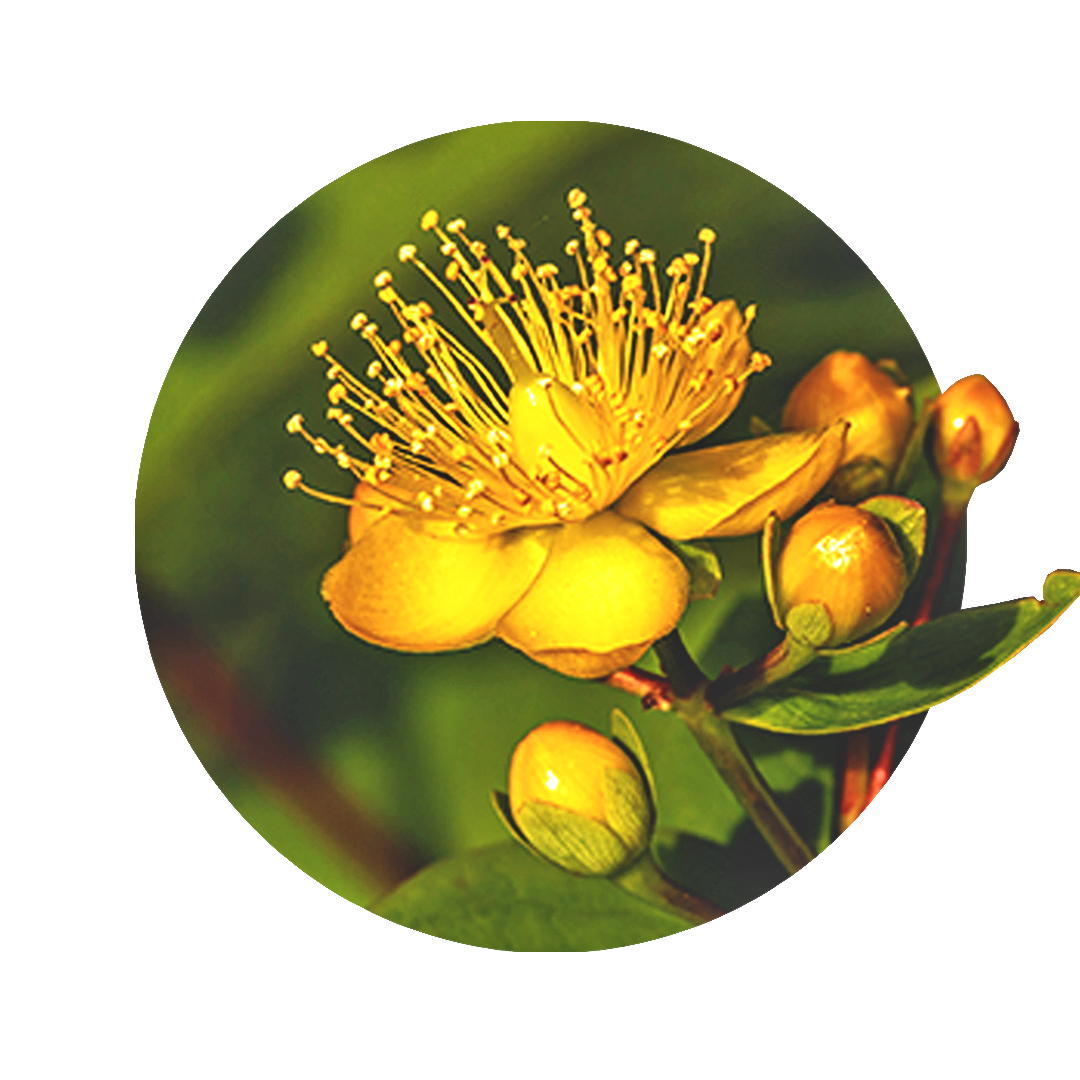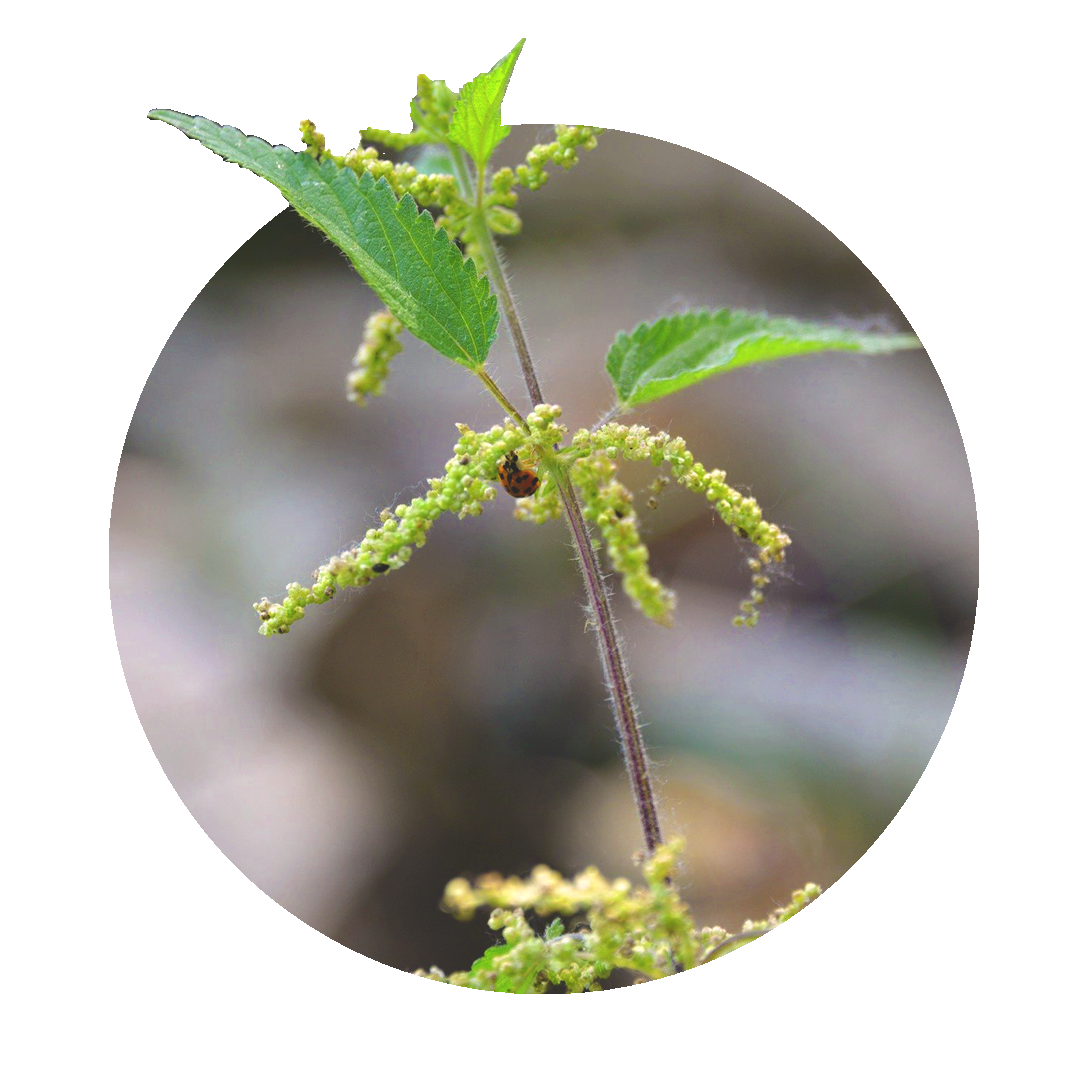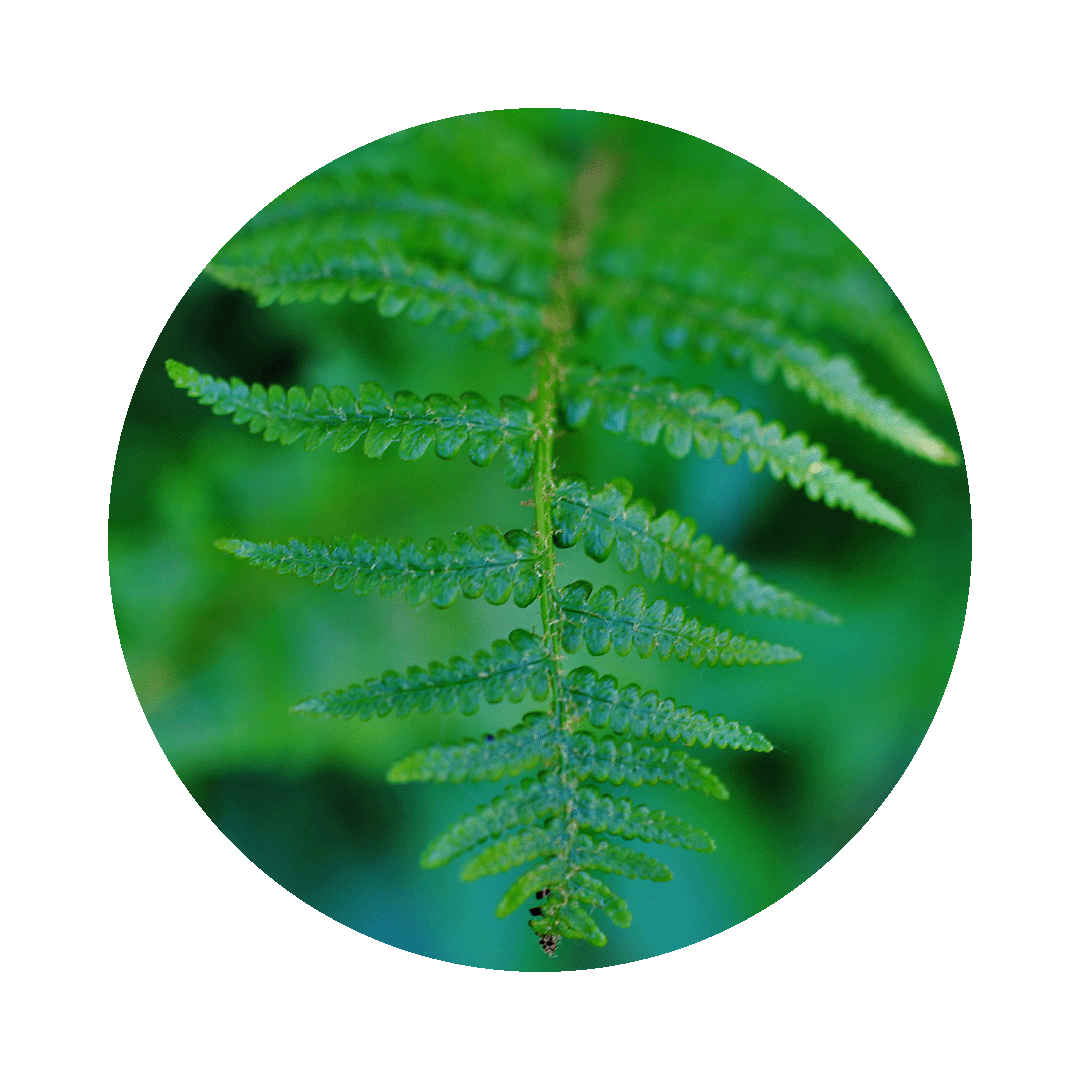Arnica: The little helper in case of injuries
Arnica is certainly one of the most used medicinal plants in practice. It is considered THE choice for any kind of blunt injury. Whether fractures, bruises, contusions or bruises - all this falls under the spectrum of this medicinal plant. It is mostly used externally as a poultice, liniment or anointment. The fact that it grows in the mountains seems to be a happy coincidence, because it is precisely here, where the hiker twists his ankle and knee, that exactly the right herb grows for treatment. Today, arnica is a protected plant, so picking it is strictly forbidden. The product for medicines comes mostly from botanical breeding.
Arnica facts
Did you know that...
... Arnica used to be added to snuff to irritate the mucous membranes of the nose?
... the flowers picked on St. John's Day are considered particularly medicinal?
... Arnica was considered a magic plant and with it the cornfields were protected from the Bilmesschnitter?
What is arnica?
Arnica is a perennial that grows in the alpine region and prefers cooler climates. It grows at altitudes up to over 2500m and can be found from the Pyrenees to the Balkans. It usually grows between 30 to 60 centimeters tall, has a long stem and opposite leaves on it. These are softly hairy, and lanceolate in shape. Its flowers are the most striking part of it, because they bloom in a rich sunny yellow. Therapeutically, actually only the flowers still play a role. Basically, the plant loves acidic soils, lime causes it problems. It has been a protected plant for several years, as its natural population is steadily declining. However, the arnica can also be cultivated well in the home garden, it only attaches importance to acidic soil.
General and healing properties of arnica
Wound healing
Arnica is wound healing. The medicinal plant is traditionally used for blunt, closed wounds. Here it promotes the breakdown of the bruise, reduces pain and accelerates the regeneration of the tissue. This shortens the time it takes for everything to heal and you can put weight on the affected area more quickly.
Anti-inflammatory
Arnica anti-inflammatory. Tissue that is inflamed hurts, swells and loses its functionality. It combats these phenomena and nurtures the injured tissue so that the inflammation quickly subsides. The restrictions disappear and you can breathe again without pain.
Analgesic
Arnica is analgesic. It promotes the healing of the tissue, promotes the circulation of tissue fluids and thus reduces the swelling of the injury. This reduces the pressure in the tissue and the pain subsides.
Arnica montana: Ingredients
Arnica contains a whole range of substances that have a known effect on the organism.
You can find the following ingredients in the medicinal plant:
- Sesquiterpene lactones
- Flavonoids
- Essential oil
- Phenolic carboxylic acids such as chlorogenic acid
- Coumarins
Arnica: effect for body and mind
Arnica is used for blunt trauma with or without bruising. This can also mean on a physical level that it is used for wound care after a fall, bump or internal bleeding. Therefore, it is also recommended in practice for the aftercare of strokes or after the birth of a child. It is anti-bleeding and nurtures regeneration. Therefore, the medicinal plant is also used on a psychological level after traumas. It should be considered especially when the patient reacts with cloudiness, apathy or non-perception. Figuratively speaking, he moves through his trauma in the shadows and arnica can release him from it and start the (painful) process of coming to terms with it.
Arnica properties
- mood enhancing
- wound healing
- Bruise reducing
- anti-inflammatory
- nurturing
- analgesic
Fields of application in naturopathy
Arnica is one of the wound remedies of naturopathy and according to it its application areas are also oriented.
Arnica for bruises
We speak of bruises when you have bumped, there is nothing wrong with the bone, but the tissue has suffered a bruise and reacts with a bruise. The medicinal plant inhibits bleeding, takes away the pain and inflammatory reaction and stimulates the tissue to heal. The time needed for healing is shortened and thus the discomfort disappears much faster.
Arnica montana for sore muscles
Muscle soreness is a condition where severe stress is responsible for causing micro-inflammation to cause pain. It helps the tissues to regenerate so that the micro-inflammations subside and the muscle can be used optimally again.
Arnica for bruises
Bruising occurs when blood vessels rupture or burst, allowing blood to flow freely into the tissue. This can be caused by bruises and injuries, but spontaneous ruptures of the vessels also occur. Since the blood does not belong directly to the tissue it causes inflammation, swelling and pain. Arnica inhibits the inflammation, relieves the pain and helps to get rid of the bruise faster. Thus, the bruise quickly loses its horror and the traces fade visibly.
Arnica montana during childbirth
Heavy bleeding naturally occurs during childbirth. However, sometimes these can be too heavy and it is advisable to do something about it, as the blood loss would be too violent. In this case, arnica is one of the remedies, as it slows down the bleeding and thus reduces blood loss. In addition, during childbirth, the mother's tissues are also strongly affected, so the nurturing properties of the medicinal plant help the mother to recover more quickly from the strain.
Arnica before and after operations
Arnica is highly recommended after operations, as it slows down the bleeding of the fresh wound and accelerates healing. In addition, it reduces the pain caused by the operation, thus bringing the patient to a state of well-being more quickly, which avoids relieving postures.
Arnica montana for toothache
This medicinal plant has also proven effective for pain after tooth extraction. It ensures that the wound bleeds less and thus also reduces the swelling that can occur during a tooth extraction. Due to the fact that the blood is less congested, the wound can heal better and the patient has less discomfort after the necessary operation.
Notes on the use of arnica
For injuries, arnica is used internally only in homeopathic or spagyric preparations. In acute cases, the dose can be taken even hourly, in chronic diseases rather 3 times a day.
It is usually applied externally as an alcoholic solution by means of wound dressings or bandages. These dressings are then also changed 2-3 times a day.
Arnica during pregnancy & lactation
An internal intake during pregnancy should always be clarified with a doctor or naturopath. For the preparation of conception arnica is gladly given to the deprived.
Arnica montana for allergies to composite plants
As arnica is very allergenic, people who are known to be allergic to composite plants should stay away from it. Otherwise, when using it externally, observe whether allergy-related pustules or wheals form. If this is the case, the arnica preparation should be washed off immediately and local anti-allergic therapy should be considered.
Discover our sprays
With natural methods such as the individual spagyric sprays from Zimply Natural, complaints can be treated and sustainably alleviated.
Use the healing power of arnica!
Use the healing power of arnica and our other 100 medicinal plants for the natural relief of your ailments. Improve your well-being and support your body, mind and soul! Use our configurator to create your personal spagyric spray, which is tailored to your needs and accompanies you on your natural path to the improvement of body, mind and soul.

